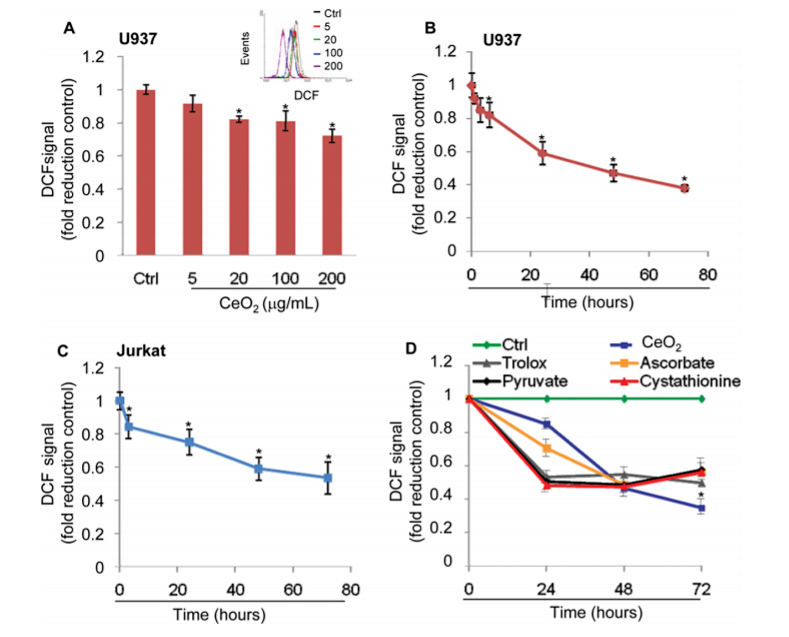 YuYi
YuYi
 Sep 22,2023
Sep 22,2023

Artificial enzymes refer to a class of materials that use highly stable and low-cost alternative materials to imitate the basic functions of natural enzymes. Artificial enzymes that have been discovered so far include cyclodextrins, metal complexes, porphyrins, dendrimers, etc. Artificial enzymes (enzymes) based on nanomaterials have attracted widespread attention in recent years. They not only have similar catalytic functions to natural enzymes but also can overcome the inherent defects of natural enzymes. They have a variety of enzyme-mimetic activities, low cost, and high stability. properties, ease of surface manipulation, and biocompatibility. Nanomaterials that have been found to have enzymatic activity include cerium oxide nanoparticles, iron oxide nanoparticles, copper oxide nanoparticles, etc.

Superoxide dismutase (SOD) catalyzes the conversion of superoxide anion (O2-) into hydrogen peroxide (H2O2) and molecular oxygen (O2). Superoxide anion is a type of reactive oxygen species that can cause tissue damage and related inflammatory reactions; SOD has a positive effect on the removal of superoxide anions, but natural SOD has poor stability and high cost.
Cerium oxide nanoparticles can simulate the activity of SOD, and their elimination ability of superoxide anions has also been confirmed by electron paramagnetic resonance (EPR) measurements. The results show that cerium oxide nanoparticles with a higher Ce3+/Ce4+ ratio have better activity, and 3~5nm cerium oxide nanozymes are more active than CuZnSOD natural enzymes [1]. Cerium oxide nanoparticles have been studied to specifically scavenge reactive oxygen species, be anti-inflammatory, and antioxidant, and promote stem cell growth.
Studies have shown that cerium oxide nanoparticles are harmless to macrophages and can be internalized by cells. Nanoparticles can reduce the production of reactive oxygen species in cells. Further research showed that nanoparticles can inhibit the production of nitric oxide free radicals, a key substance in inflammation.
Cerium oxide nanoparticles protected myocardial precursor cells, a promising source of cells for myocardial regeneration, for one week against hydrogen peroxide-induced cytotoxicity. Its protective effect is due to the enzyme's own antioxidant mechanism involved in the Ce3+/Ce4+ redox cycle.
